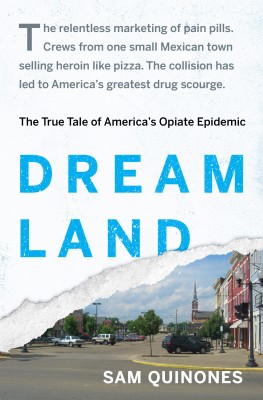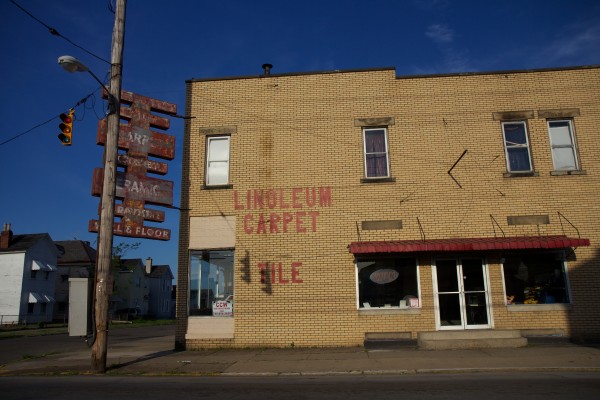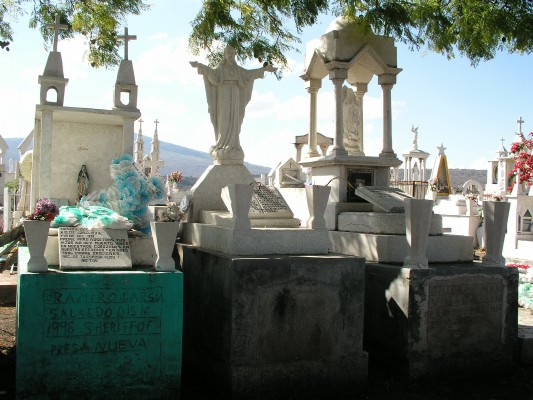In case anyone thought the Xalisco Boys – the heroin traffickers from Xalisco, Nayarit, which I write about in Dreamland — were an old  story, there’s this recent bust from the Cleveland and northern Ohio areas.
story, there’s this recent bust from the Cleveland and northern Ohio areas.
The interesting part of this story is that they have apparently moved into the Cleveland market. I know they’re in Columbus, Nashville and Memphis, Indianapolis and elsewhere.
Until recently, apparently, they hadn’t made a move into northern Ohio, which seemed too close to Detroit, another heroin hotspot.
But things change in the underworld, particularly as the Xalisco Boys (delivering black-tar heroin like pizza with drivers and operators standing by) work like a lot of corporations in that they’re always competing with each other and seeking new sales territories.
Never ceases to amaze me how this system evolved and spread like a fast-food franchise – gaining special momentum after it arrived in 1998 in midwestern and Appalachian areas where pain pills were just then being massively over-prescribed.
That was the first example of a heroin distribution system discovering the market inherent in pain-pill overprescribing.
Here goes some of the above cited newspaper story:
“This group utilized numerous men to act as couriers to deliver the heroin to customers. Many of these couriers were brought illegally to the United States from the Nayarit/Tepic area of Mexico to the Painesville area with the promise of working on a farm or in an automobile garage. Once in Ohio, these individuals became couriers for the drug trafficking group, according to court documents and the FBI.”
Tepic is the capital of the state of Nayarit, which is on Mexico’s Pacific Coast. Tepic is a few miles from Xalisco, where this system started and where the guys who started the system are from.





 Opiate Epidemic.
Opiate Epidemic.






